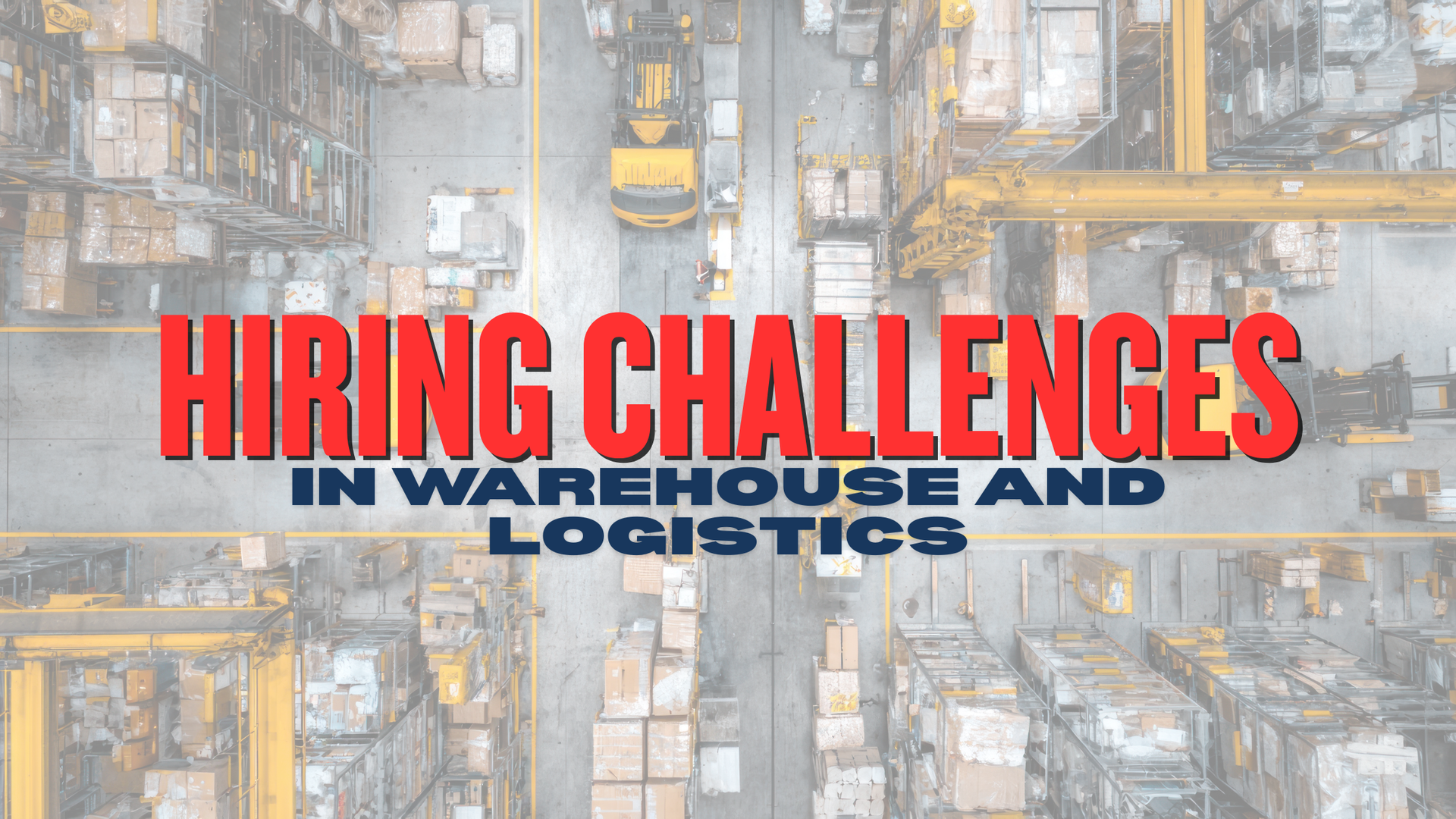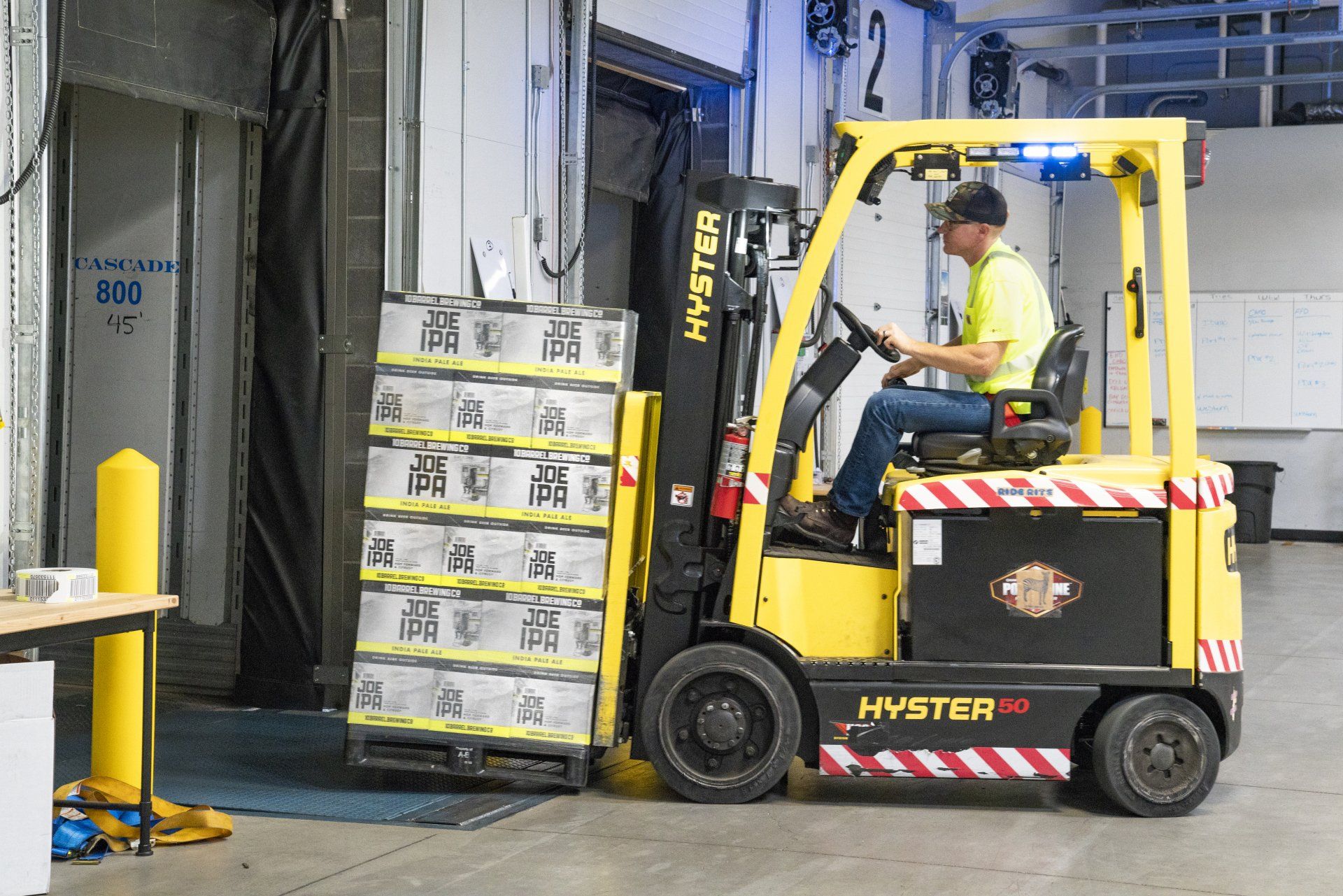How Do I Find the Right Person to Hire?
Hiring employees is an essential task for all businesses. Recruiting employees that have the right skills and suit the business takes time. Even though there are some helpful resources such as SEEK and Indeed to assist with the hiring process, they do not guarantee the right hire.
Finding the right person to hire comes down to time and research. There is a reason why businesses outsource their hiring to Recruitment Agencies. It is a lot of time and money and if you hire the wrong candidate, it can be a waste of time and money. In a 2017 LinkedIn survey, 50% of the respondents stated that it took 1-2 months to hire an employee. This long period can cause complications when needing to hire quickly and can result in the wrong hire.
This article will take you two important elements of hiring. The evident one being the steps and process of hiring. The second element is one that most businesses do not spend a lot of time and effort thinking about because it can be an "obvious" answer. That is, defining the role and the candidate who best suits it.
This article will give you an in-depth understanding of the hiring process and how to find the right employee.
The two elements of hiring:
When hiring there are two primary elements, the first element is knowing the steps of hiring. There are many steps and they vary depending on the role you're hiring and your business. Generally, the process includes writing a job advertisement, conducting interviews and so on. This process will be explained in more detail later in the article.
The second element is defining the role you're hiring. Completing this element first will ensure your hiring process is organised and successful. This is the first step of the hiring process and the pillar of hiring success.
In this first step, there are two important points to define:
- What the role is
- Who the best candidate for the role is
Step 1, Part 1: Defining the role
Defining the role includes outlining key skills, duties and experience also known as creating a position description. This can be tough if you have no understanding of the role you are hiring for.
When defining the role, start with the knowledge you have about the role. If you do not have any, start research what the role requires. By doing this, you will start to define the role and how it will work in your business.
After you have started with your knowledge, do some other research to find more information. Here are a few ways you can research:
- Ask a manager or leader in your business who has knowledge in this role for their opinions.
- Google the role you that you want to hire. Doing this will find position descriptions and job advertisements on sites such as SEEK, Indeed and anywhere else that is hiring. From here you can find common duties and experience needed.
- Ask someone already in this type of role for their input. Sourcing someone who works in this role in your industry would give you the best insight.
- If you can't source someone in a similar role, ask a business alike to yours what they have done when hiring for this position in the past. That's only if the competition is willing to share their knowledge with you!
- If you have tried all three tactics and still having trouble coming up with a position description for the role, there is another option. Recruitment Agencies core service is sourcing employees for other businesses. Depending on the size of the business, they may specialise in one industry. Find one that specialises in your industry and get their insight into what the role requires. If you find the hiring process too overwhelming or time-consuming, they can provide you with their hiring services.
Step 1, Part 2: Defining the candidate
The position description has been created and now it is time to look more in-depth. Everyone has their own way of working and this is hard to define in a position description. Sourcing a team that can work together is fundamental to keeping a low turnover. If colleagues have different ways of working and communicating, it creates a strain in the business.
To do this, define what soft skills a great candidate should have. (If you're unsure what soft skills are, read of our article "The Difference Between Hard Skills and Soft Skills")
Why is this step so important? By defining the role and candidate skills first, you have a guideline whilst going through the steps of hiring. Without it, it is easy to forget what exactly you need within the role and end up with the wrong hire.
Defining the role and candidate checklist:
When defining these two elements and writing a position description, there are more important details to consider. Here is a list:
- What duties will the employee be completing?
- What skills and experience does the employee need?
- Will they fit the culture of the business? Do they have the right soft skills?
- Does the role require any physical activity? This can include standing for long hours, if they are able to lift heavy objects or any other strenuous activities.
- Do they need to have the hard skills already or can they be trained? Sometimes it is better to hire someone with the right soft skills and train them.
- What is their travel situation? Would you need the candidate to have their drivers licence or live close to the worksite location?
- What will their salary be? Is it the industry standard? Do you need to adhere to EBA's and Industry Awards? Is there a more competitive salary on the market that may be more appealing to potential applicants?
If you are confident that you have defined the role and the person, it is time to start hiring. Below is a step by step guide of the hiring process. Remember that these steps may vary depending on the role and business, so follow them as needed.
The Steps of Hiring:
The hiring process can be different for every business and role. These steps are a typical journey for hiring employees and should get your business positive results.
Step 1: Define the role and create a position description.
The first half of this article walked you through how to complete this step. As stated, it is a critical step that can save time and a possible headache. Ensure you and your recruiting team know exactly what you are looking for in a candidate before moving on to the next steps.
You may find that you have to come back to this step anywhere throughout the hiring process and there could be a number of reasons for this:
- The people applying are not suited for the role meaning you may have to change the position description or advert.
- The role requirements have changed.
- There are not enough people applying for the role.
It is okay if this happens, it just means you have to revaluate what you need in the role. You may change your position description or advert to suit accordingly. If you are having trouble finding someone with the right qualification and experience, remember that training a new or existing employee is an option if you have the time and resources.
Step 2: Create and post a job advertisement.
The advertisements will be very similar to the position description you have just defined. You can find guides on how to create job advertisements on websites such as SEEK and Indeed. As you will most likely be advertising through them, it is best to read their guides to know what they require.
Some places you can post your advertisements are:
- Seek
- Indeed
- Jora
All five of these sources will collect resume submissions, making it easy for you to screen through.
If you are looking to advertise on LinkedIn you need to consider the audience of LinkedIn. These days, LinkedIn is a very white-collar hiring space. If you are looking to hire a tradie or a warehouse worker, I would consider using other platforms.
If you are hiring on Facebook, they now have the option to create a Job Advertisement. In the past, you could only share a job as a general post. Using the Job Advertisement tool on Facebook will share your job on Facebooks Job Board and collect applications for you. You can also share your advertisement to job seeker Facebook Groups.
Something to consider when posting a job advertisement on multiple platforms is that you will see double-ups of submissions.
A candidate looking for work will move from one platform to another. When doing this, they might not realise that they are applying for the same job on different sites. To avoid this, I would choose using either Indeed or SEEK, not both.
You can still advertise the role on social media platforms on top of this.
Step 3: Screen Resumes
When you start to receive applications, it is time to screen the resumes. When doing so, always have the first step, defining the role, in mind. You can easily lose sight of your position description when viewing resumes. If you do stray off from the position description, you may end up with a few problems that could cost you more money or end with hiring the wrong employee.
Step 4: Phone Screening/Interview
This can be completed at the same time as Step 3 if you have the time. A phone interview is conducted to confirm the information stated on the candidate's resume. On top of this, you can ask any other questions that their resume may not have outlined. This could include:
- Where they are located
- If they are currently working
- Their past experience
- Explaining any gaps in their work dates
- What qualifications they have etc.
If you are satisfied with the phone interview, organise a time to meet up in person (or in a COVID-19 safe situation) to have a longer and more in-depth interview.
Step 5: Interview
This part of the process is where you can meet the candidate in a formal matter. Whether it is over Zoom, in a Cafe or an office, it is a chance for you to get a deeper understanding of the candidate.
If you have never conducted an interview before, take some time to prepare questions. Refer back to the position description you put together and who your perfect candidate is. With this information in mind, list some questions to ask.
These interview questions may include:
- Asking for more in-depth information about their past jobs.
- What their strengths and weaknesses are.
- Asking for examples of how they handle certain situations that may appear in their role.
- What they can bring to the role and business.
There are a number of questions you can ask but ensure that you do not overstep and ask questions that are unethical or illegal. For more information about unethical and illegal interview questions in Australia, take a look at this SEEK article.
In the interview, give them a better understanding of your business and what the role is. In this step, the candidate can fill in paperwork such as tax declaration and super. Collect any tickets or certificates if needed, this can include identification such as passports, drivers licence, birth certificate, citizenship or VISA.
Step 6: Reference Checks
This is a very important step in the process. Reference checks are contacting past employers to ask how the candidate performed in the role. By doing this, you will gain a greater understanding of how they work. These references can also be police checks if needed.
On resumes, candidates will typically list "References". These should be managers or leaders from roles in the past 5 years. If they list a colleague who was not managerial or a leader, I would suggest calling the candidate and asking for other references.
Step 7: Medical Checks
If your candidate is going to be handling heavy machinery, making them take a Drug and Alcohol test can be crucial. There are a number of different types of tests that can be conducted in this stage such as COVID-19 testing.
Complete this step if needed.
Step 8: Trial
This step is not necessary but if you are wanting to test skills or how a candidate works with other employees, this can be helpful. It can also be conducted if you are indecisive with a few candidates.
These trials can last from a couple of hours to a couple of days.
Step 9: The Hire
Once you have gone through the steps and are confident in your choice, it is time to let the candidate know that they were successful. This can be done via a phone call or face to face.
In this stage, the candidate (now a new employee) should be taken through inductions and fill out any paperwork that was not completed before. The paperwork can include a contract, their bank details as well as tax and super details.
Once you have finished step 9, the hiring process is completed. Just like any employee, their performance must be evaluated throughout their time with the business.
This guide can be utilised with hires in any position of the business. To reiterate, starting with strong pillars will ensure the hiring process runs as smoothly and quickly as it can. Ensure step one is completed properly and the hiring process will follow.
If you need any help with your Recruitment, casual, part-time, permanent or labour-hire, Capture Recruitment have expert consultants wanting to help. Contact us today to find your perfect hire.










